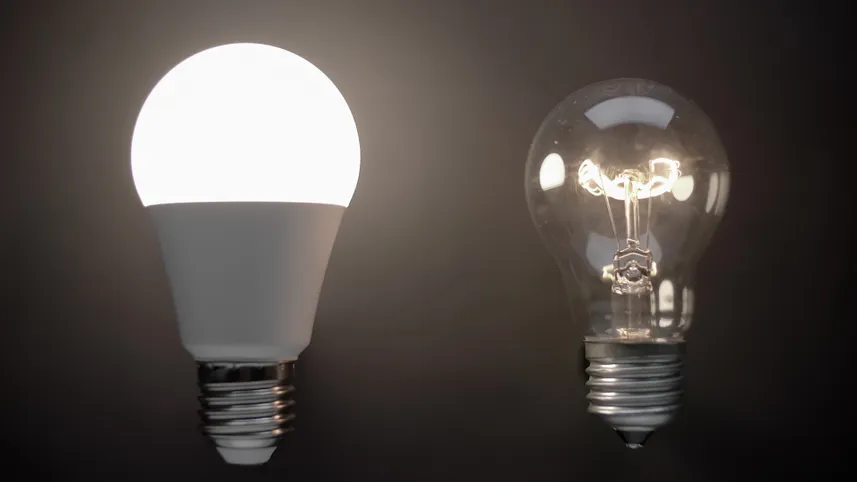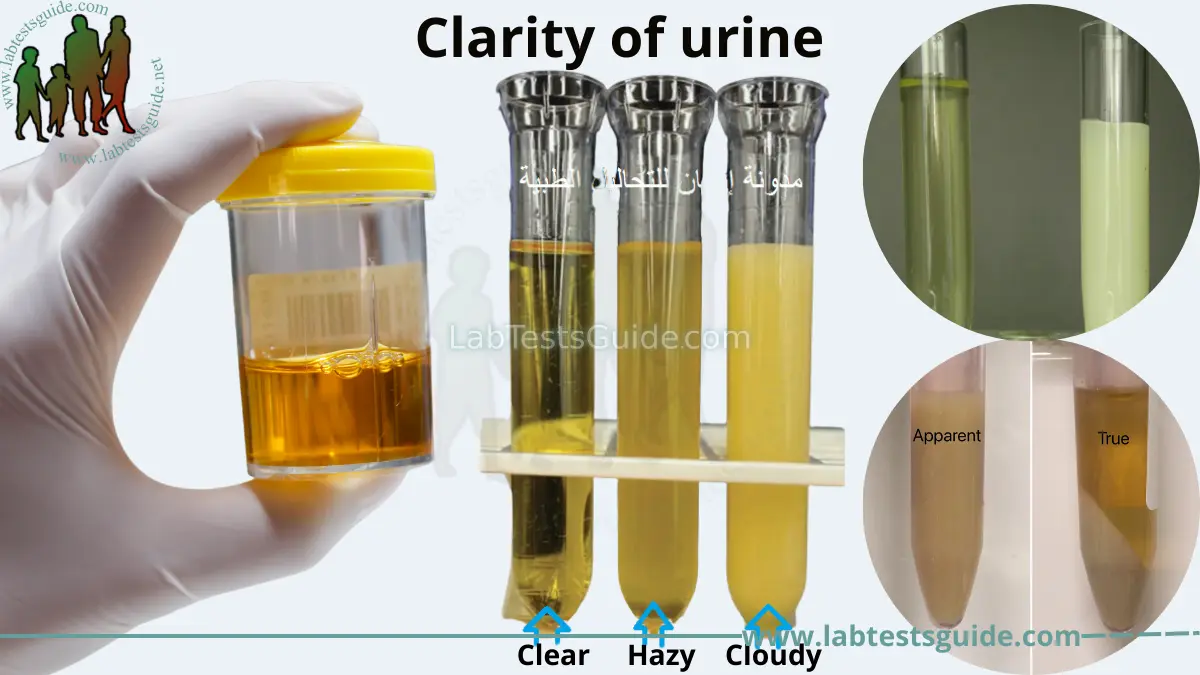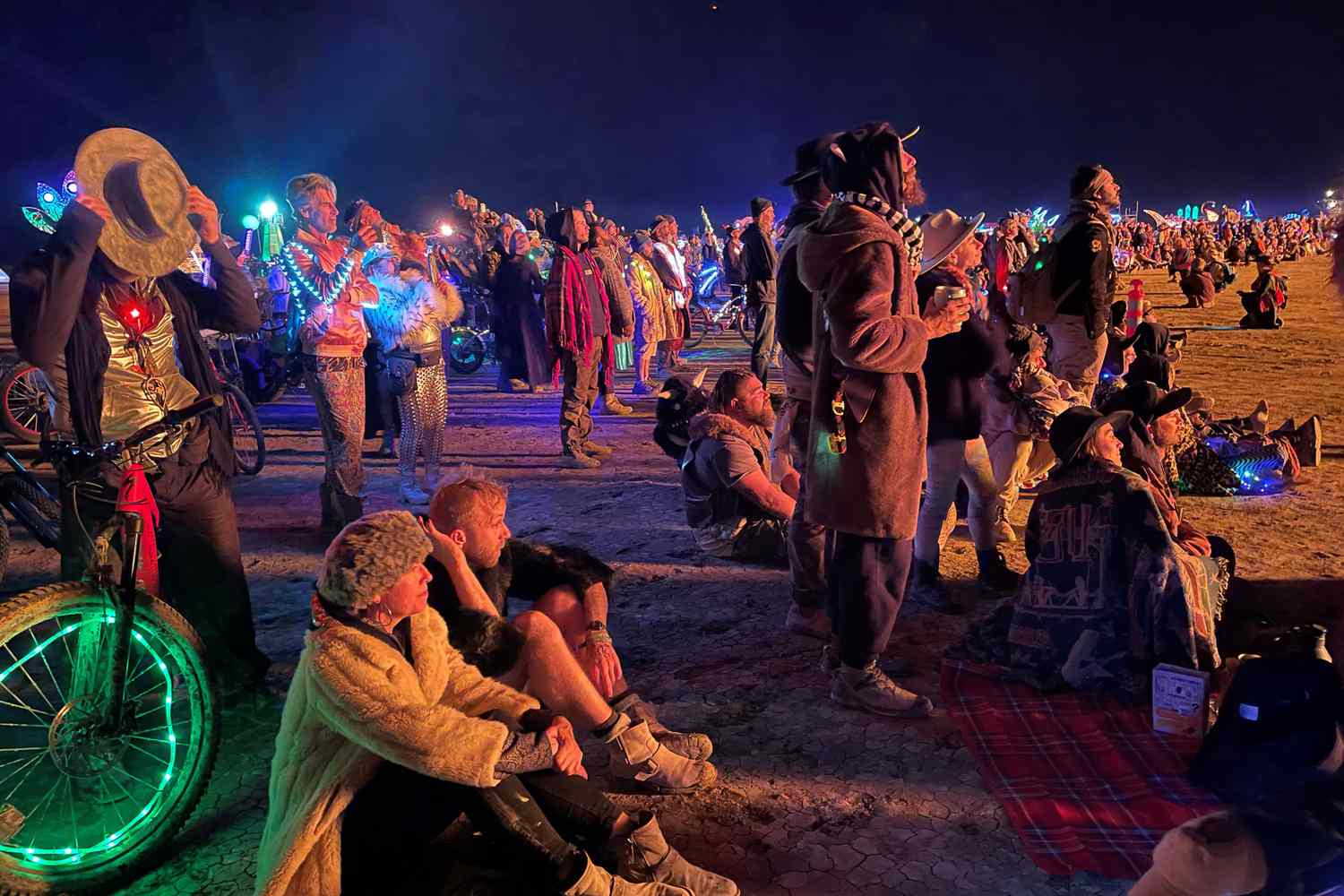Life Style
Light Bulbs: A Guide to Choosing the Right One

In the realm of illumination, light bulbs play a crucial role in setting the ambiance, enhancing visibility, and even affecting our mood. However, with the myriad of options available today, choosing the right light bulb can be a daunting task. From incandescent to LED, each type has its own set of characteristics, benefits, and drawbacks. In this guide, we’ll delve into the different types of light bulbs, their features, and factors to consider when making your selection.
Incandescent Bulbs:
Incandescent bulbs are the traditional, classic choice for lighting. They produce light by passing electricity through a filament, which heats up and emits light. While they are inexpensive to purchase, they are not the most energy-efficient option. Incandescent bulbs have a relatively short lifespan compared to other types and tend to produce a warmer, yellowish light.
Halogen Bulbs:
Similar to incandescent bulbs, halogen bulbs use a filament, but they contain halogen gas which allows them to operate at higher temperatures. This results in a brighter, whiter light output and longer lifespan compared to traditional incandescent bulbs. However, they still consume more energy than newer technologies like LED.
Fluorescent Bulbs:
Fluorescent bulbs are known for their energy efficiency and longevity. They work by passing an electric current through mercury vapor, which produces ultraviolet light that then excites a phosphor coating inside the bulb, creating visible light. While fluorescent bulbs are more efficient than incandescent bulbs, they can flicker and take some time to reach full brightness. Additionally, they contain small amounts of mercury, making proper disposal important.
Compact Fluorescent Lamps (CFLs):
CFLs are a more compact version of traditional fluorescent bulbs. They screw into standard light sockets and are known for their energy efficiency and longevity. CFLs use about 75% less energy than incandescent bulbs and last up to ten times longer. However, like traditional fluorescent bulbs, they may take some time to warm up and reach full brightness, and they contain mercury.
LED Bulbs:
LED (Light Emitting Diode) bulbs have gained popularity in recent years due to their energy efficiency, long lifespan, and versatility. LEDs produce light by passing an electric current through a semiconductor material, which illuminates tiny light-emitting diodes. They consume significantly less energy than incandescent and fluorescent bulbs and can last up to 25 times longer. LED bulbs are available in various colors and can be dimmable, making them suitable for a wide range of applications.
Factors to Consider When Choosing a Light Bulb:
- Brightness (Lumens): The brightness of a light bulb is measured in lumens. The higher the lumens, the brighter the light output. Consider the intended use and desired level of brightness when selecting a bulb.
- Color Temperature (Kelvin): Color temperature refers to the color appearance of the light emitted by the bulb. Lower Kelvin temperatures produce warmer, yellowish light, while higher Kelvin temperatures produce cooler, bluish light. Choose a color temperature that complements the ambiance of the space.
- Energy Efficiency: Consider the energy efficiency of the bulb and its impact on your electricity bills. LED bulbs are the most energy-efficient option, followed by CFLs, while incandescent bulbs are the least efficient.
- Lifespan: Look for bulbs with a longer lifespan to reduce the frequency of replacement and maintenance costs. LED bulbs typically have the longest lifespan, followed by CFLs and halogen bulbs.
- Compatibility: Ensure that the bulb is compatible with your fixtures and dimmer switches, especially if you plan to use dimmable bulbs.
- Environmental Impact: Consider the environmental impact of the bulb, including its energy consumption, lifespan, and disposal requirements. Opt for energy-efficient bulbs with minimal environmental impact.
- Cost: While LED bulbs may have a higher upfront cost compared to other types, they offer long-term savings through reduced energy consumption and replacement costs.
In conclusion, choosing the right light bulb involves considering factors such as brightness, color temperature, energy efficiency, lifespan, compatibility, environmental impact, and cost. By understanding the characteristics of different types of bulbs and evaluating your specific needs and preferences, you can make an informed decision that enhances the lighting experience in your home or workspace. Whether you opt for the classic warmth of incandescent bulbs or the energy efficiency of LEDs, selecting the right light bulb can make a significant difference in the ambiance and functionality of your space.
-

 US News2 months ago
US News2 months agoThe Evolution and Impact of SimCity Forums on the Gaming Community
-

 Fashion2 months ago
Fashion2 months agoCelebrity Style Spotlight: Iconic Slip Dress Moments of 2024
-

 Fashion4 months ago
Fashion4 months agoMercedes Blanche: A Guide to Her Impact on the Boys
-

 Business5 months ago
Business5 months agoUnderstanding Cloudiness in Urine: Causes, Symptoms, and Treatment
















